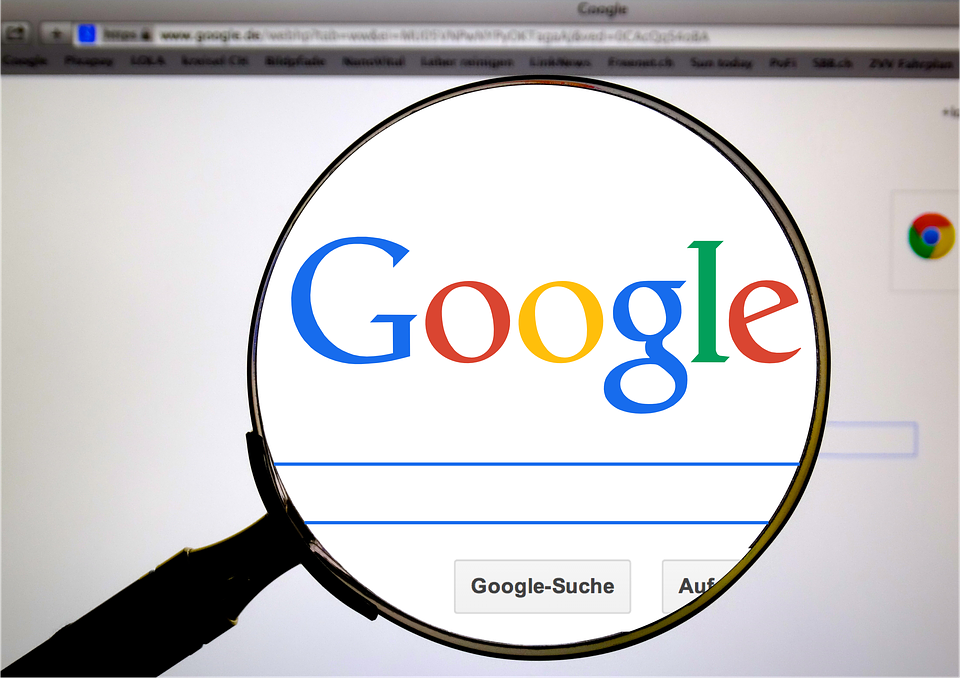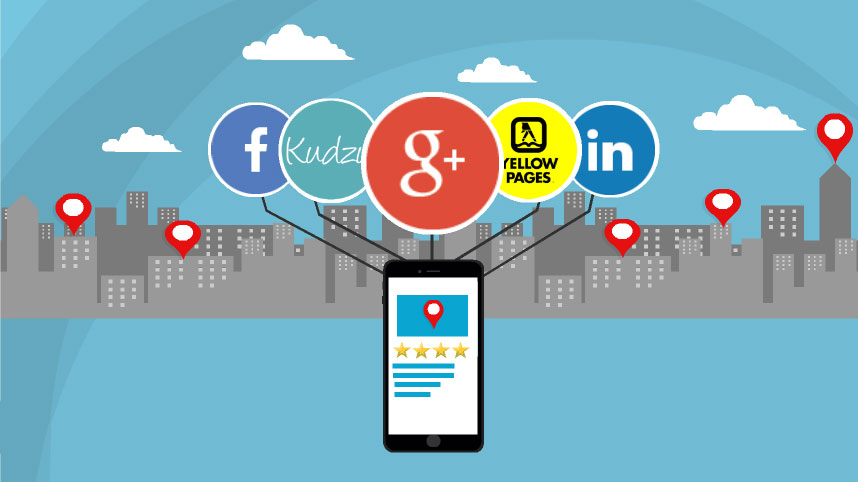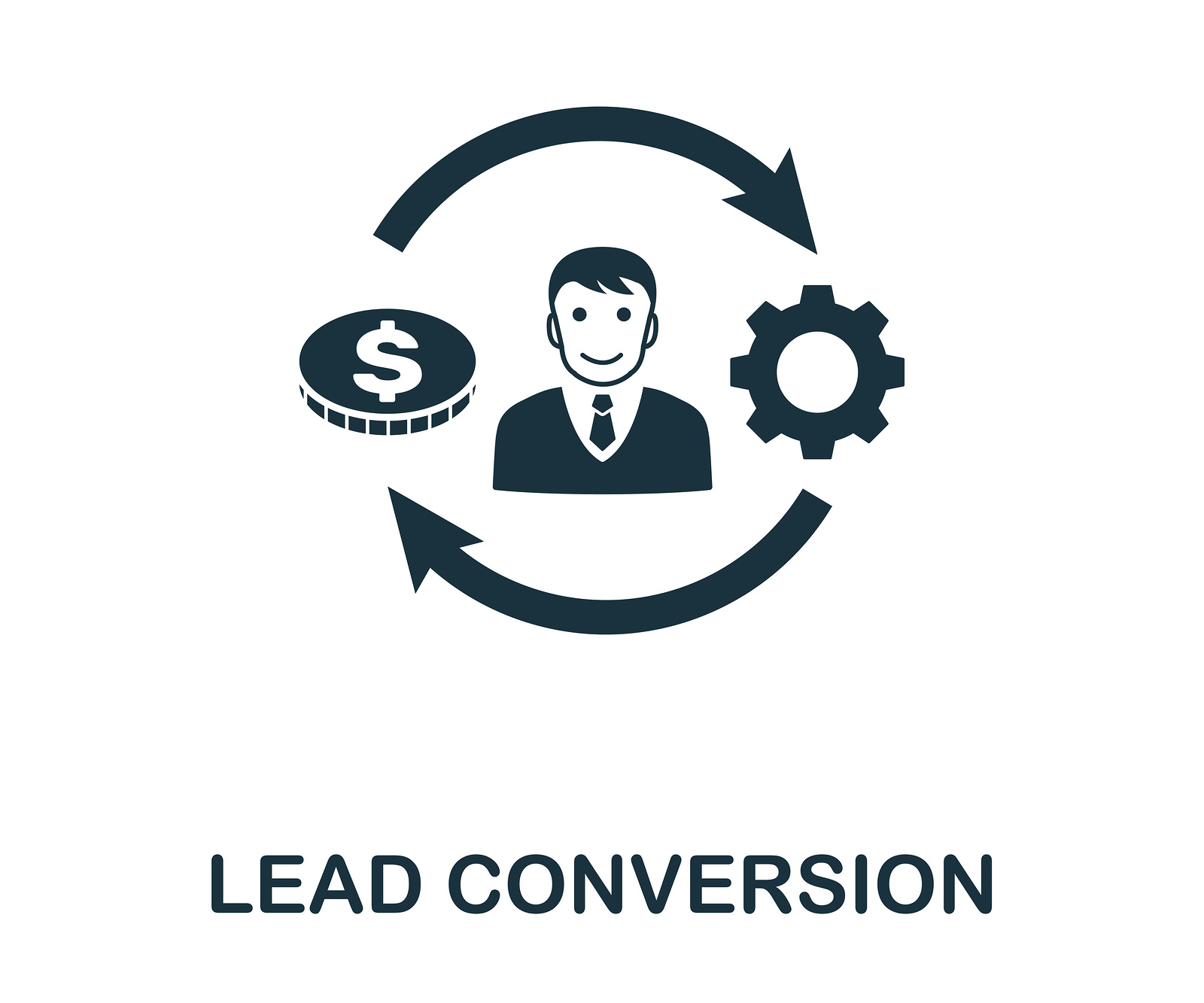There’s an abundance of articles on the internet that will discuss the top 5, 10, or 12 mistakes businesses make with their advertising. With this article I’m going to take on some of those “mistakes” from the perspective of actual clients that I’ve worked with for many years.
No Commitment
A common attitude of small business owners about advertising is that because they don’t know ahead of time if a particular advertising vehicle will work for them, they want to “try it out”. They want the opportunity to pull the plug on their advertising quickly and save money if they perceive it’s not working for them in a very short amount of time. I get it, most business owners are allergic to not wasting money and can’t blame them for feeling that way.
Of all the clients I’ve had in advertising the ones that commit to a long term vision of advertising are almost always more satisfied with their advertising than those who take the short term outlook. Clients with the long term outlook will talk about how their advertising efforts grew in a positive way and consistently over time. Clients who “try it out” have come and gone before their prospects even knew they were there and become severely skeptical of advertising their businesses.
By the way, the same concept applies when I talk with prospects. I can always tell when they say they’ve tried everything or think advertising doesn’t work, it’s because they always just dipped their toe in and never reaped the rewards.
When the phone rings
One of the ways that advertising can be tracked is with a dedicated tracking phone number. With this tool business owners can definitively know from which advertisement the call came from.
An interesting thing my clients taught me about the value of a tracking phone number is that it went way beyond being able to see which ad the call came from. Neither one of us knew in the beginning a tracking number would turn out to be more than a tracking tool.
We learned that many times (more than they might like to admit) that the initial call was handled badly and likely gave a bad impression of the business as well. Most owners have one person dedicated to answering incoming calls. After setting up this system the business owner makes no effort at monitoring those calls or overseeing how those calls are handled. Even I was surprised at how aloof, un-friendly, or unhelpful those who answer phones can be. It can be a very awkward conversation at the time to point out how badly their calls are being handled, but ironically it helps solidify the value of the ad in the first place.
Get used to talking
Small business owners typically wear many hats in running their businesses. In many cases the owners’ business is based upon a talent the owner has to offer their clients. On the flip side owners are not always good at the business side of the business. That means that they may not be very good at selling their product or service or may not be comfortable in working with other people.
This usually shows up in communicating with their clients after the initial sale. Their clients have an expectation of how things should go after the sale. Communicating with their client is essential, and keeping them in the loop will go a long way in handling expectations when the unexpected occurs.
In the owners mind the project is going good and will look fabulous when it’s finished but the client is thinking something different. I’ve learned those that communicate well have much happier clients than those who don’t.
Keep it simple
Clients whose message is short and sweet typically express more satisfaction in their marketing. They have trained their prospects to focus on a small number of products or services they have to offer and in turn prospects will do just that. There’s a nice side effect to this too. Most of the time those few products or services offered allow the business owner to showcase his or her highest quality and typically have higher margins. On the other hand, it’s unnecessary to throw everything and the kitchen sink in an advertisement. It confuses the message and leads the prospect to believe that the business is just a jack of all trades and master of none.
Once the business has the attention of the prospect and has generated the initial call, that’s when the business owner will have the opportunity discuss additional options or services. It turns out talking about other options or services you have to offer at that time usually goes really well. I’ve even had clients tell me that their clients will add on services after the job has started because of the open communication, which not only led to more revenue but better client relationships.
Know your limits
One last thing my clients taught me about advertising. Leave the artwork and design up to the professional designers. I learned that one the hard way. I am not good at the layout and design aspect and that is the case for many business owners as well.
Submitted by Jeff Vice

















